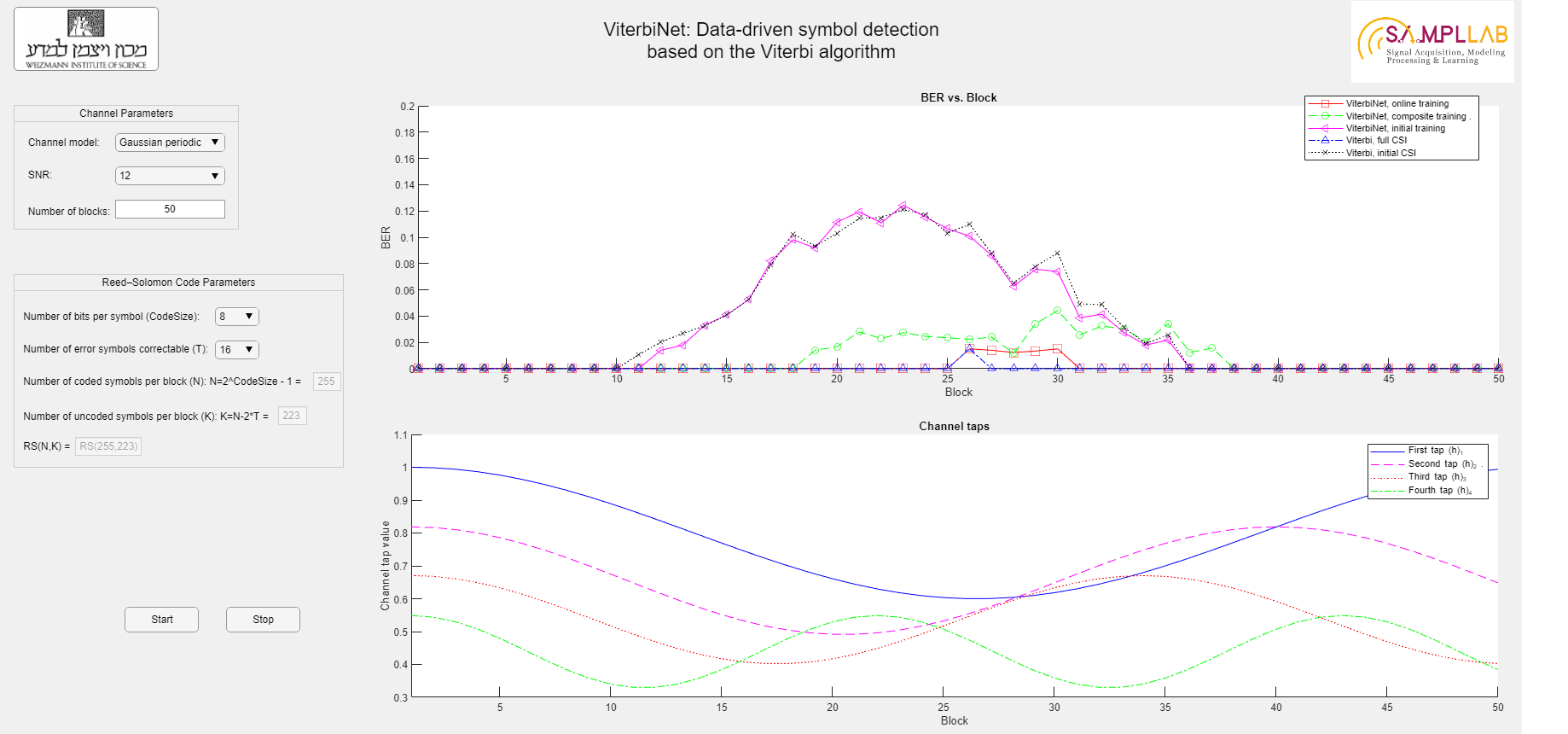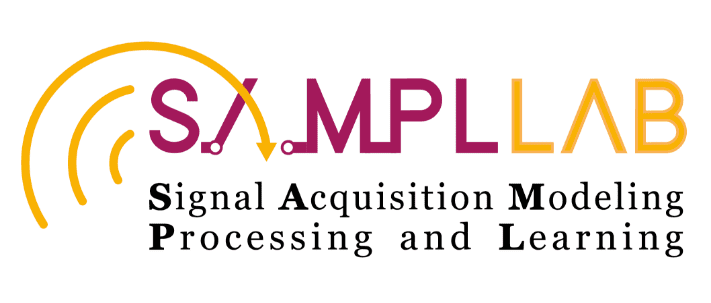ViterbiNet
O. Frank, N. Shlezinger, N. Farsad, Y. C. Eldar and A. J. Goldsmith
Introduction
Recent years have witnessed a dramatically growing interest in machine learning (ML). These data-driven methods have demonstrated an unprecedented success in various applications. The benefits of ML over traditional model-based approaches are twofold: First, ML methods are independent of the underlying model, and thus can operate efficiently in scenarios where this model is unknown, or its parameters cannot be accurately estimated; Second, when the model is complex, ML algorithms have demonstrated the ability to disentangle the meaningful semantic information from the observed data. Nonetheless, not every problem should be solved using deep neural networks (DNNs). In fact, in scenarios for which model-based algorithms exist and are computationally feasible, which is the case in various communications setups, analytical methods are typically preferable over ML schemes due to their theoretical performance guarantees and possible proven optimality. In our work we derived a data-driven receiver, referred to as ViterbiNet, which integrates DNNs into the Viterbi algorithm. ViterbiNet utilizes ML methods to learn only the channel-model-based computations of the Viterbi algorithm, and thus integrates ML into algorithmic symbol detection. The resulting receiver thus learns to implement Viterbi detection from a small set of labeled data and is capable of tracking time-varying channel conditions using online training. The focus of the demo is to demonstrate the ability of ViterbiNet to track channel variations online exploiting the inherent structure of error correction codes. We utilize DNN accelerators to demonstrate how ViterbiNet can track varying channel conditions in real-time, utilizing its decoded output for retraining. The demo will demonstrate the ability of ViterbiNet to track time-varying channel conditions in a self-supervised manner by exploiting the inherent structure of digital communications, and particularly the presence of error correction codes, and thus illustrating the feasibility of the concept of online training for model-based ML methods in communications.

References
- N. Shlezinger, N. Farsad, Y. C. Eldar, and A. J. Goldsmith, "ViterbiNet: Symbol Detection Using a Deep Learning Based Viterbi Algorithm", IEEE Transactions on Wireless Communications, vol. 19, issue 5, pp. 3319-3331, May 2020.

